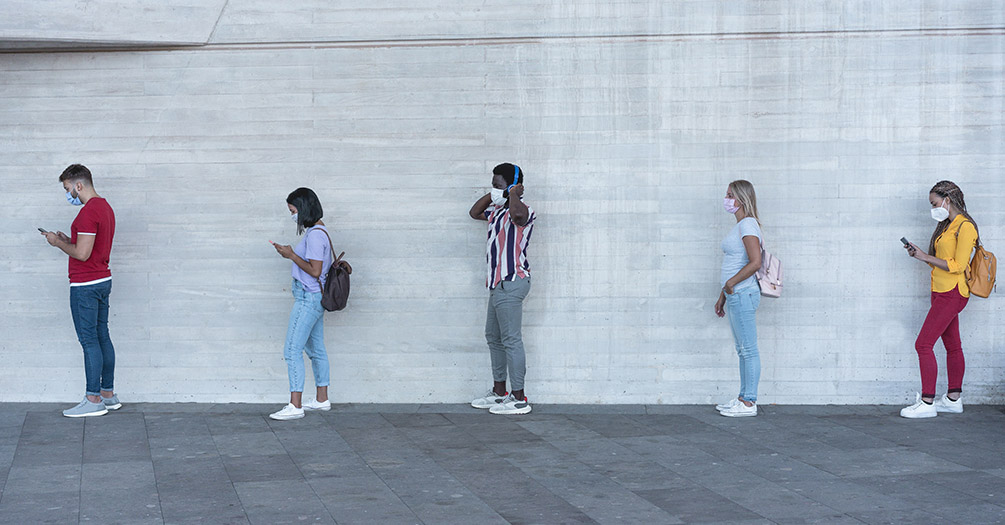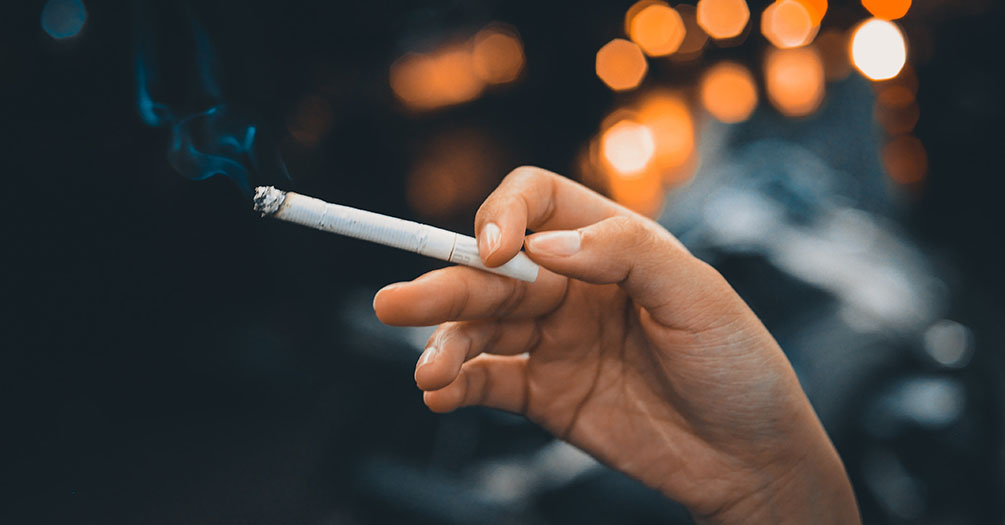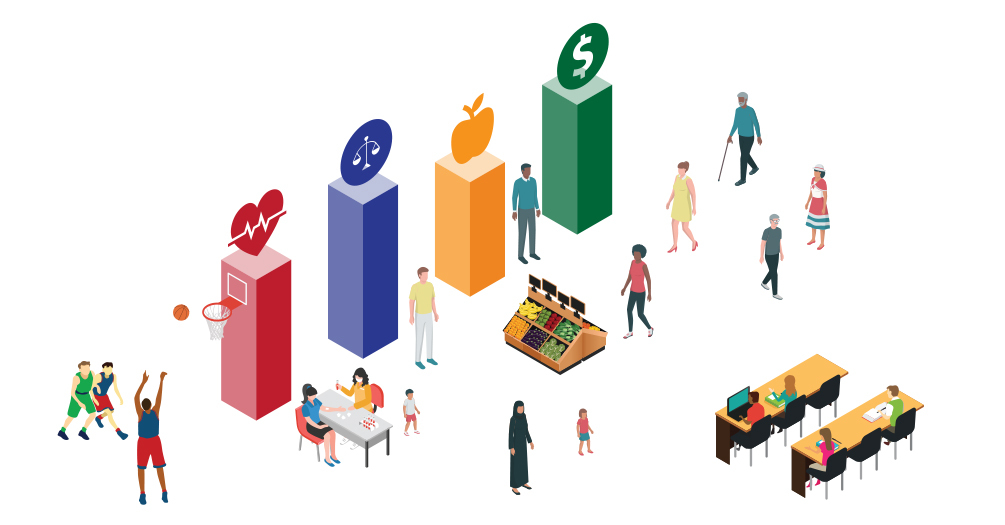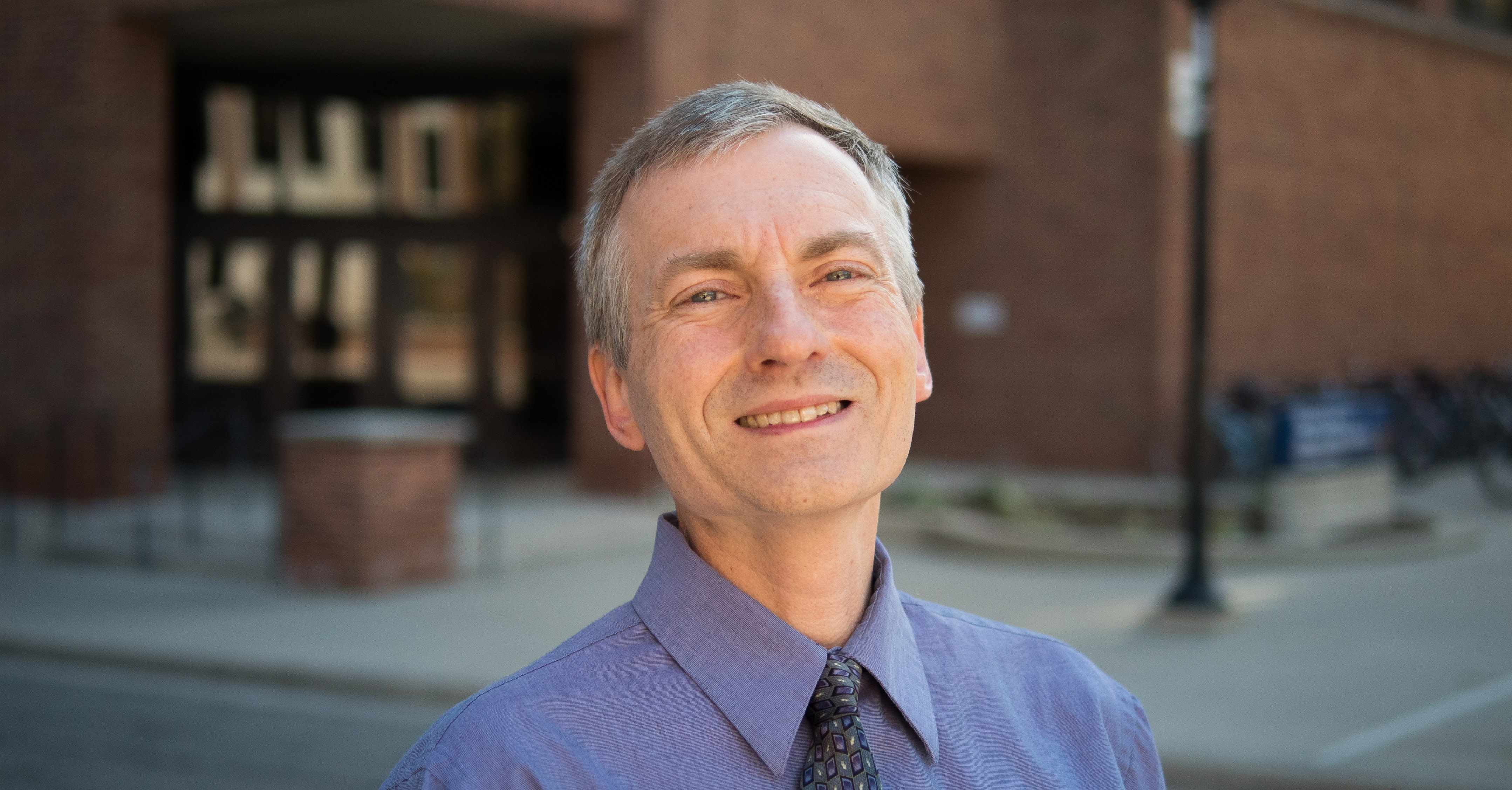
Social Inequities Explain Racial Gaps in Pandemic, Studies Find
Jon Zelner featured in the New York Times
Higher rates of infection and mortality among Black and Hispanic Americans are explained by exposure on the job and at home, experts said.

Higher rates of infection and mortality among Black and Hispanic Americans are explained by exposure on the job and at home, experts said.

Here are three key takeaways from the December 2 discussion on vaccine development with infectious disease expert and University of Michigan School of Public Health professor Arnold Monto.

As the weather gets colder and we find ourselves inside for longer periods of time, how can we avoid aerosolized droplets becoming a problem for disease transmission in our public buildings? Dr. Aurora Le walks us through some basic steps any building occupant or manager can take to mitigate risk of COVID-19 spread.

Despite the increase in use of e-cigarettes among adolescents, cigarette and smokeless tobacco prevalence declined more rapidly between 2012 and 2019 than in previous periods, according to a new study.

Social determinants of health are key influences in shaping health outcomes. With this in mind, a group of six undergraduate students from the University of Michigan School of Public Health came together to publish a paper on how the COVID-19 pandemic will impact various social determinants of health as we look toward the future and the virus continues to spread.

University of Michigan School of Public Health professor Richard Hirth was named the S.J. Axelrod Collegiate Professor of Health Management and Policy.